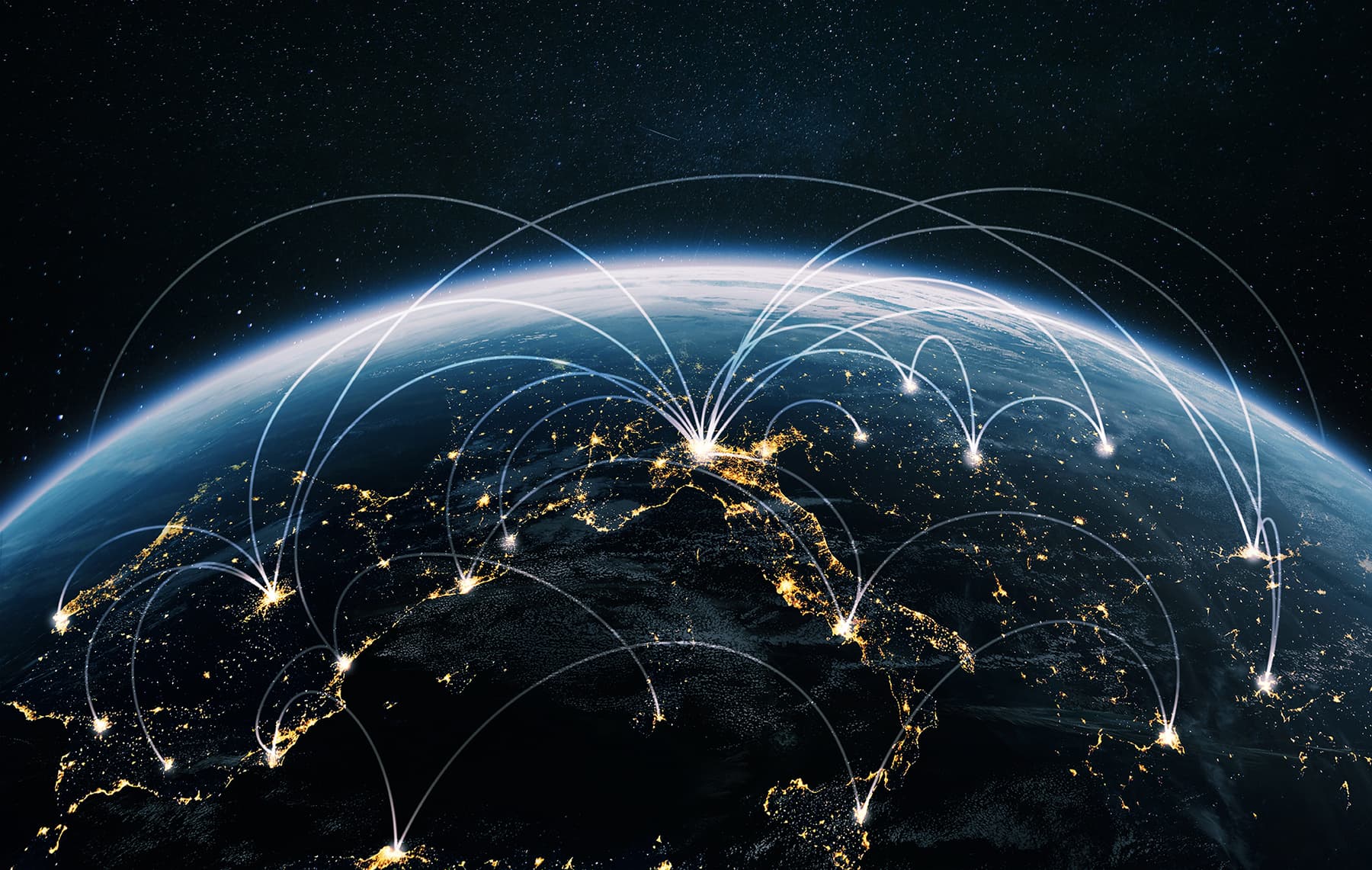Intelligence Analysis
Synthetic Reality Attacks Pose Rising Operational Risks to International Firms and Travelers
7 JUL 2025
/
2 min read

KEY TAKEAWAYS:
- Synthetic reality attacks use AI-generated deepfake videos and voice clones to compromise corporate security.
Manipulated synthetic videos can spread quickly, outpacing corrective measures and eroding brand image.
Foreign travelers face rising entrapment risks from weaponized synthetic media.
Synthetic reality attacks are emerging as a challenging risk to global corporate operations and international travel. Enabled by advances in Machine Learning (ML) and generative algorithms, a synthetic reality attack refers to the deliberate use of AI-generated or digitally manipulated multimedia to create convincing false representations of individuals, entities, or events.
In the corporate environment, synthetic media is typically used to facilitate social engineering and impersonation schemes. Cybercriminals may use deepfake videos or voice clones to impersonate senior executives in real time, often during remote meetings or via email and phone communications. Such tactics are used to trick employees into authorizing fraudulent transactions or disclosing proprietary data. The convincing nature of synthetic media makes these attacks difficult to detect using conventional verification tools.
Reputational and Strategic Impacts
Synthetic media poses a serious reputational threat that can quickly spiral beyond a company’s control. If synthetic videos showing executives or prominent figures in compromising situations or making controversial statements spread widely, the consequences can be severe. Even if the content is later proven false, the damage to the brand’s image and public trust might have already eroded. The speed at which manipulated content spreads in the digital space often outpaces corrective measures, and legal and regulatory responses remain inconsistent across jurisdictions.
Beyond corporate boardrooms, foreign travelers, especially diplomats and professionals operating in sensitive sectors, face several vulnerabilities. Synthetic reality attacks may be employed in influence operations or entrapment strategies. For instance, travelers may be framed using altered video footage to create legal or reputational complications abroad. Synthetic communications may be used to mislead or coerce individuals into actions that can be used for blackmail or leverage.
These risks are especially acute in regions where state and non-state actors use a mix of cyber and psychological tactics. In this context, synthetic media can be leveraged to serve broader strategic goals, such as disrupting foreign business operations or influencing investment decisions.
Risk Mitigation for Organizations and Travelers
Mitigating synthetic reality threats requires a layered approach that integrates technical, operational, and managerial measures. On the technical front, businesses are investing in deepfake detection tools and biometric verification systems to authenticate legitimate users. Experts are developing voice biometrics and real-time media forensics to distinguish genuine content from manipulated material. However, these tools remain in their nascent stages of development.
Companies must implement adequate operational controls, such as comprehensive employee training to recognize and respond to suspicious interactions. Clear escalation pathways and incident reporting protocols to mitigate the impact of potential incidents are also essential.
For organizations with a global footprint, geopolitical awareness and travel risk assessments can help mitigate further risks. Firms should monitor regions where synthetic media is actively used in disinformation or counterintelligence campaigns. Business leaders should incorporate synthetic media threats into their broader security frameworks. Travelers should be instructed on data hygiene and work with secure communication tools to minimize exposure.
As synthetic reality attacks grow more common, businesses face increasing pressure to push for international alignment on legal definitions and the regulation of synthetic media technologies. Companies should support efforts to watermark or authenticate digital content at the point of creation as a long-term deterrent. However, meaningful progress will depend on coordinated action among private firms and other relevant stakeholders.
Learn more about leveraging our industry-leading cybersecurity experts for intelligence that helps your organization stay ahead of risks to your people and operations.
Related
Tags
Sharpen your
view of risk
Subscribe to our newsletter to receive our analysts’ latest insights in your inbox every week.
Intelligence & Insights
Intelligence
Worth Gathering
Employing a team of 200+ analysts around the world, Crisis24 is the only source you need for on-point, actionable insights on any risk-related topic.

Case Study
Journey Management in Action: Safeguarding Travelers Amid High-Risk Conditions
Discover how Crisis24’s Journey Management ensured safe travel during Ecuador’s security crisis through proactive planning and rapid response.
December 23, 2025

Intelligence Analysis
Italian Authorities to Implement Heightened Security for Winter Olympics Through February 2026
The “Milano Cortina” Winter Olympic Games will take place Feb 6-22, 2026, in venues across Italy’s Lombardy, Trentino-South Tyrol, and Veneto regions amid heightened security.
By Chris Clough
December 23, 2025

Article
Safety Tips for Attending Mass Gatherings and Events
Essential safety tips for individuals and organizations at mass gatherings—stay alert, plan ahead, and respond effectively.
December 22, 2025

Intelligence Analysis
Australia: Bushfire Summer Forecast 2025
Australia’s 2025 bushfire season is forecast to bring elevated risk across multiple regions, with potential impacts to travel, supply chains, and operations.
By Elizabeth Yin
December 18, 2025




